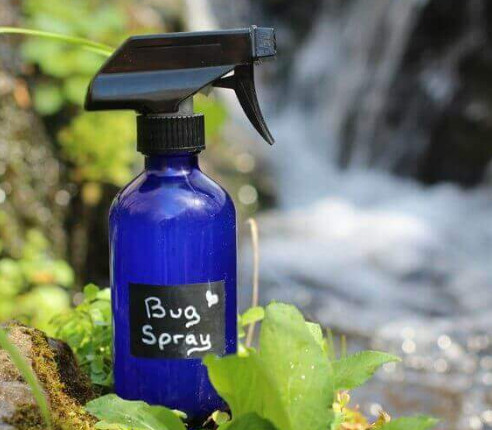How do you make homemade bug killer? + video
In our daily lives, encountering pests such as ants, cockroaches, and flies is an inevitable reality. While commercial insecticides are readily available, they often contain harmful chemicals that can pose risks to human health and the environment. As an alternative, creating homemade bug killers offers a sustainable approach to pest control. This essay explores the benefits of homemade bug killers and provides simple and effective recipes for creating your own eco-friendly solutions.
Mix detergent with SALT :
1. Environmental and Health Concerns:
Commercial bug killers often contain synthetic chemicals that can have adverse effects on the environment. These chemicals may contaminate water sources, harm beneficial insects, and accumulate in the food chain. Additionally, prolonged exposure to these chemicals can pose health risks to humans, particularly to those with respiratory conditions or allergies. Homemade bug killers, on the other hand, utilize natural ingredients that are safe for both humans and the environment.

2. Benefits of Homemade Bug Killers:
a) Cost-Effective: Creating your own bug killer at home is significantly cheaper than purchasing commercial products. Most of the ingredients required are commonly found in households or can be easily obtained at affordable prices.
b) Customizable Solutions: Homemade bug killers offer flexibility in tailoring the solution to target specific pests. Different insects may require different approaches, and homemade remedies can be adjusted accordingly.
c) Reduced Chemical Exposure: By utilizing natural ingredients, homemade bug killers minimize exposure to harmful synthetic chemicals. This is particularly beneficial for households with children, pets, or individuals with sensitivities to chemicals.
d) Sustainability: Homemade bug killers promote sustainable practices by reducing the use of single-use plastic containers and minimizing waste associated with commercial products. They align with eco-friendly principles and contribute to a healthier ecosystem.
3. Recipes for Homemade Bug Killers:
a) Vinegar and Water Spray:
Ingredients:
– White vinegar
– Water
– Spray bottle
Instructions:
1. Fill a spray bottle with equal parts white vinegar and water.
2. Shake the bottle to mix the solution thoroughly.
3. Spray the mixture directly onto surfaces where bugs are present, focusing on entry points and areas of infestation.
4. Reapply as needed until the pests are eliminated.
b) Citrus Peel Solution:
Ingredients:
– Citrus peels (lemon, orange, or grapefruit)
– Boiling water
– Spray bottle
Instructions:
1. Collect citrus peels and place them in a bowl.
2. Pour boiling water over the peels, covering them completely.
3. Let the mixture steep overnight.
4. Strain the liquid into a spray bottle.
5. Spray the solution around windows, doors, and other areas where bugs are common.
6. Repeat the process periodically to maintain its effectiveness.
c) Neem Oil and Soap Solution:
Ingredients:
– Neem oil
– Liquid dish soap
– Water
– Spray bottle
Instructions:
1. Fill a spray bottle with water, leaving some space at the top.
2. Add a few drops of liquid dish soap to the water.
3. Add a teaspoon of neem oil to the mixture.
4. Shake the bottle well to combine the ingredients.
5. Spray the solution onto plants or affected areas where bugs are present.
6. Repeat the application every few days until the pests are controlled.
Creating homemade bug killers offers a sustainable and eco-friendly approach to pest control. By utilizing natural ingredients, we can effectively manage common household pests while minimizing the risks associated with synthetic chemicals. The recipes provided in this essay are simple and effective solutions that can be easily implemented in any household. Embracing homemade bug killers not only benefits our immediate surroundings but also contributes to a healthier and more sustainable planet.


